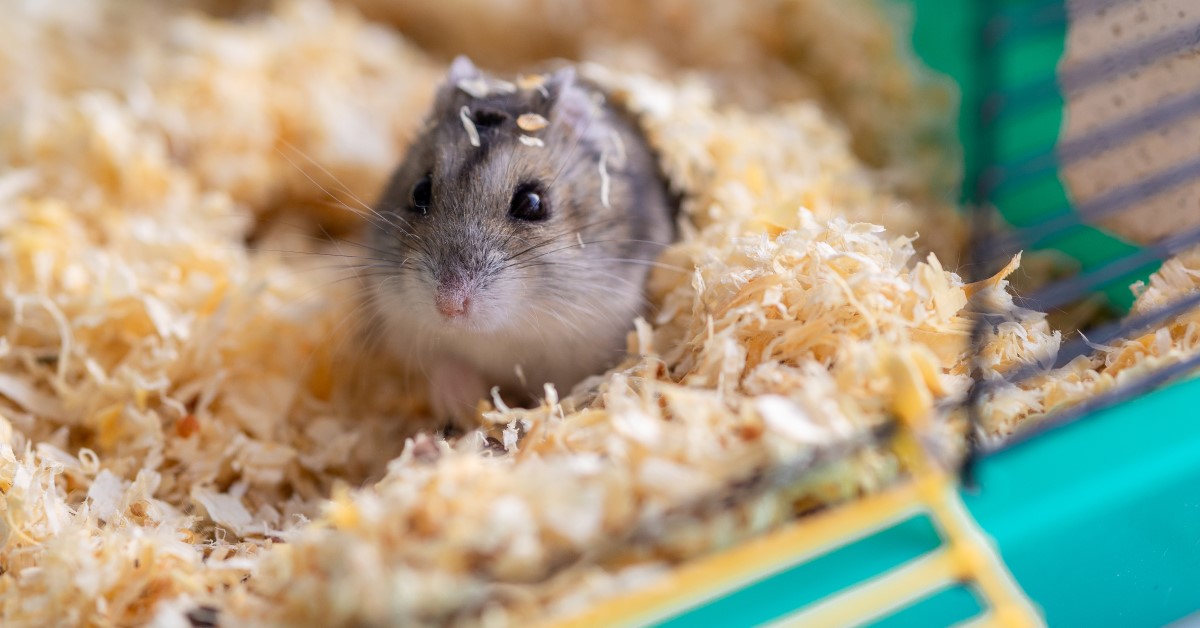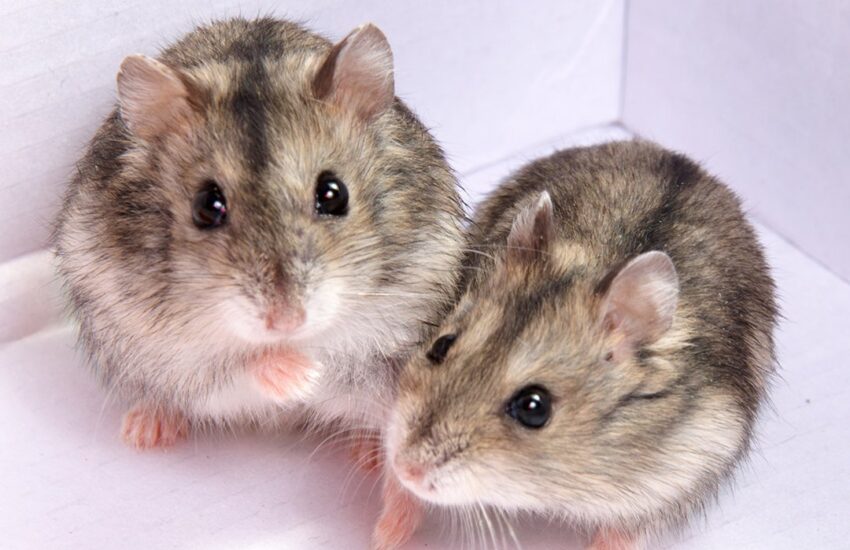Differences Between Hamster Breeds
Understanding the differences between hamster breeds can be crucial for potential pet owners looking to adopt one of these cute and furry companions. Each breed has distinct characteristics, temperaments, and care requirements. This article will delve into various hamster breeds and highlight their unique traits to help you make an informed decision.
Overview of Common Hamster Breeds
There are several popular breeds of hamsters, each presenting different physical features and personalities. Common breeds include Syrian hamsters, dwarf hamsters (such as Campbell’s and Roborovski), and Chinese hamsters. Each breed varies not only in size and coloration but also in temperament and social behavior, making them better suited for different types of owners. For instance, **Syrian hamsters** are known for their larger size and solitary nature, while **dwarf hamsters** are usually smaller and can sometimes live together if introduced at a young age. Knowing these differences can help individuals find the right to suit their lifestyle and family situation.

Syrian Hamsters
The **Syrian hamster** is the most popular breed of hamster kept as a pet, and for good reasons. Not only are they typically docile and easy to handle, but they also have a robust build, reaching sizes of about 5 to 7 inches in length. Their fur can vary in color, including golden, black, and variegated patterns. Due to their solitary nature, it’s essential to house them alone to prevent aggressive behavior. This breed requires an adequately sized enclosure with various enrichment activities, including tunnels and exercise wheels. Regular handling is important from a young age to help ensure they grow into friendly pets.
Dwarf Hamsters
Dwarf hamsters include several species, such as Campbell’s and Roborovski hamsters, which are known for their small size, making them appealing for children and first-time pet owners. These little creatures reach about 3 to 4 inches in length and can often be housed with others of their species if introduced correctly. **Campbell’s dwarf hamsters** are social and tend to enjoy interactions with other dwarf hamsters, while **Roborovski hamsters**, though social with their own species, are faster and might be timid with human interaction. It’s beneficial to provide ample space and build multiple levels in their cages to cater to their naturally energetic behavior.
Behavioral Differences Among Hamster Breeds
Hamsters exhibit different behaviors based on their breeds. While Syrian hamsters are more solitary and territorial, dwarf hamsters can enjoy social interactions, which can significantly impact your choice if you’re looking for a cuddly pet. Each species has a unique personality; understanding these differences can guide your expectations on their behaviors, such as burrowing, chewing, and activity levels. Moreover, temperament can greatly influence how they react to handling, noise, and environmental changes. For instance, Syrian hamsters may not take well to rough handling, while some dwarf hamsters adapt quicker to changes in their environment.
Socialization Needs
**Social structures** can differ widely among hamster breeds. Syrian hamsters thrive on solitude and can become aggressive if they feel their space is invaded by other hamsters. In contrast, dwarf hamsters such as Campbell’s can live harmoniously in small groups, given that they are introduced properly as pups. It’s crucial to monitor interactions, as even normally friendly breeds can have conflicts. Gradually socializing them can make handling easier and develop friendship-style interactions—though it does require patience and consistency.
Activity Levels
General activity levels also vary by breed. Syrian hamsters are active and love to explore; they require specific activities like climbing and running wheels to ensure their physical health. Dwarf hamsters, especially Roborovski, are even more active and can often be seen running in their wheels for extended hours. Hence, enriching their environment with tunnels, platforms, and hideouts can be pivotal in keeping them mentally stimulated and engaged in their habitat.
Caring for Different Hamster Breeds
Caring for hamsters involves meeting their dietary, housing, and interaction needs, which differ among the breeds. Proper nutrition, suitable bedding, and an appropriate habitat size are common to all hamsters, but the specifics may vary. Syrian hamsters usually need a larger space due to their size, whereas dwarf hamsters can thrive in smaller habitats yet still require an interesting environment with essential accessories. Understanding their specific needs will ensure your hamster remains healthy and happy.
Dietary Needs
Dietary requirements are essential for all breeds of hamsters. A balanced diet primarily consists of **hamster pellets**, which provide necessary nutrition. You can supplement their diet with fresh fruits and vegetables, though some breeds may require more or less depending on their size and metabolism. For example, Syrian hamsters may have a higher caloric intake than dwarf hamsters due to their larger size. Owners should pay attention to suitable foods and avoid those that can be toxic, such as certain fruits and green vegetables.
Housing Requirements
Each breed has unique housing requirements. Syrian hamsters need spacious cages with plenty of room to venture while dwarf hamsters can be housed in slightly smaller spaces. It is crucial that cages allow for climbing and include solid flooring to prevent injury. Moreover, using safe bedding materials can greatly enhance their living conditions. Providing a varied environment with careful placement of tunnels, chew toys, and exercise devices helps encourage activity and prevents them from getting bored.
Summary and Key Takeaways
- Syrian hamsters are solitary and larger; dwarf hamsters can be social and are smaller.
- Understanding each breed’s social and activity levels is essential for choosing the right pet.
- Proper care varies by breed, focusing on dietary needs, housing specifics, and environmental enrichment.
- Handling techniques should be tailored to the breed’s personality to foster trust and friendship.
FAQ
1. What is the lifespan of different hamster breeds?
Hamsters typically live for 2 to 3 years, but this can vary. **Syrian hamsters** generally have a lifespan of around 3 years, while **dwarf hamsters** like Campbell’s may live slightly longer, up to 4 years with good care. Regular veterinary check-ups can play a significant role in their longevity and overall wellness.
2. Can I house different breeds of hamsters together?
It’s not advisable to house different breeds of hamsters together, especially if one is a Syrian, as they are territorial and may act aggressively towards other breeds. Dwarf hamsters, however, can coexist if introduced correctly at an early age, but it’s generally best to house hamsters of the same breed together.
3. What type of bedding is best for hamsters?
Safe bedding types for hamsters include paper-based bedding, aspen shavings, or coconut fiber. Avoid cedar or pine wood shavings, as these can harm their respiratory systems. Providing clean and comfortable bedding promotes better health and a happier habitat environment.
4. How often should I clean my hamster’s cage?
Hamster cages should be cleaned weekly, replacing old bedding and cleaning the enclosure with mild soap and water. Spot cleaning daily to remove waste is also recommended to maintain hygiene and prevent foul odors, essential for a healthy environment.
5. What should I do if my hamster bites me?
If a hamster bites, it could be due to fear, stress, or lack of handling. It is essential to remain calm and avoid pulling away, as this can exacerbate the situation. Instead, try to understand the underlying cause, ensuring your hamster feels safe and comfortable before attempting to handle it again.
6. Do hamsters require special food?
Hamsters thrive on commercial hamster pellets, seeds, and occasional vegetables and fruits. It’s vital to ensure any additional food given is safe to prevent health issues. Understanding the dietary needs specific to your hamster’s breed will help in tailoring their nutrition effectively.
7. How can I improve bonding with my hamster?
Building trust with a hamster requires patience and positive interactions. Begin by offering treats and allowing your hamster to come to you. Gradually increase handling while avoiding sudden movements, as hamsters can be easily startled. Create a comfortable environment to foster stronger bonds between you and your pet.
